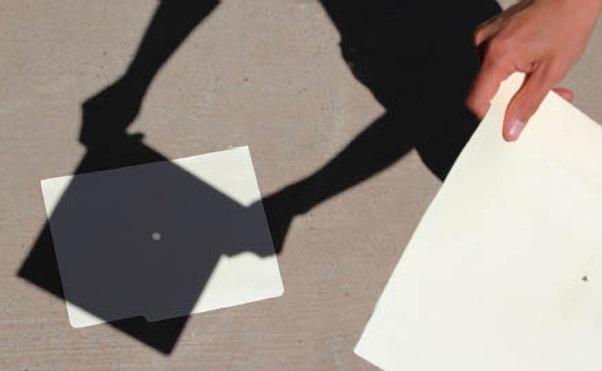
Knowledge and Skills Statement
The following is an example of how to assess proficiency of this student expectation (SE) or a portion of the SE.
Provide students with a drawing prompt that asks them to draw what they might see in the sky at night and what they might see in the sky during the day. Ask students to describe the objects that they drew. Some kindergarten students might recognize that the Sun is a star that is close and provides light and heat to the Earth. Most kindergarten students should describe the moon as an object in the sky that changes shape over time. Students should also be able to describe stars as being visible at night, but not during the day. Some students may need to be reminded that the Sun is also a star, and can then reframe their thinking to say that stars other than the Sun are mostly visible at night. It is grade level appropriate for students to know that the moon changes shape and position in the sky, but they are not expected to name or predict moon phases. Other objects in the sky that students may observe are differently shaped clouds, meteors, satellites, or airplanes. Encourage students to make observations about as many things as they can in the sky. The objective of this standard is to build student awareness of objects in the sky so they can apply their observations in later grade levels.
The further explanation is designed to be a resource for educators that helps them better understand the topic their students are learning. Further explanations may be written at a more complex level than would be expected for students at the grade level.
Observations that students may make using multiple senses include that the Sun is a star that provides light and heat, is only visible during the day, and appears to move across the sky. The Moon appears to change shape throughout the month and may be observed at night or during the day. Other stars appear in patterns in the sky called constellations and the best time to observe other stars is at night. Boundary: In Tier 1 instruction, kindergarten students are not expected to name moon phases.
To safely observe the Sun, a pinhole camera may be used. An example of a pinhole camera can be seen below:
Research
Ashbrook, Peggy. 2007. "The Early Years Encouraging Curiosity." Science and Children: Methods and Strategies 53, no. 8. (April/May 2016): 22-23. https://www.jstor.org/stable/24721727
Summary: This article helps teachers understand how to explain basic concepts of light to students. The class completes an activity to help them understand the path light travels. Students will need a dark area to work in, a flashlight, an opaque pipe or tube, and a journal to illustrate what they learn and see. Allow students to play and explore with the flashlight before beginning any formal instruction. Students should then take turns shining their flashlight through the tube, record what they notice, then change the shape of the pipe and try this again to see how it changes. Students may notice that when their pipe is not straight, they cannot see the light shining through, as light travels in a straight path.

